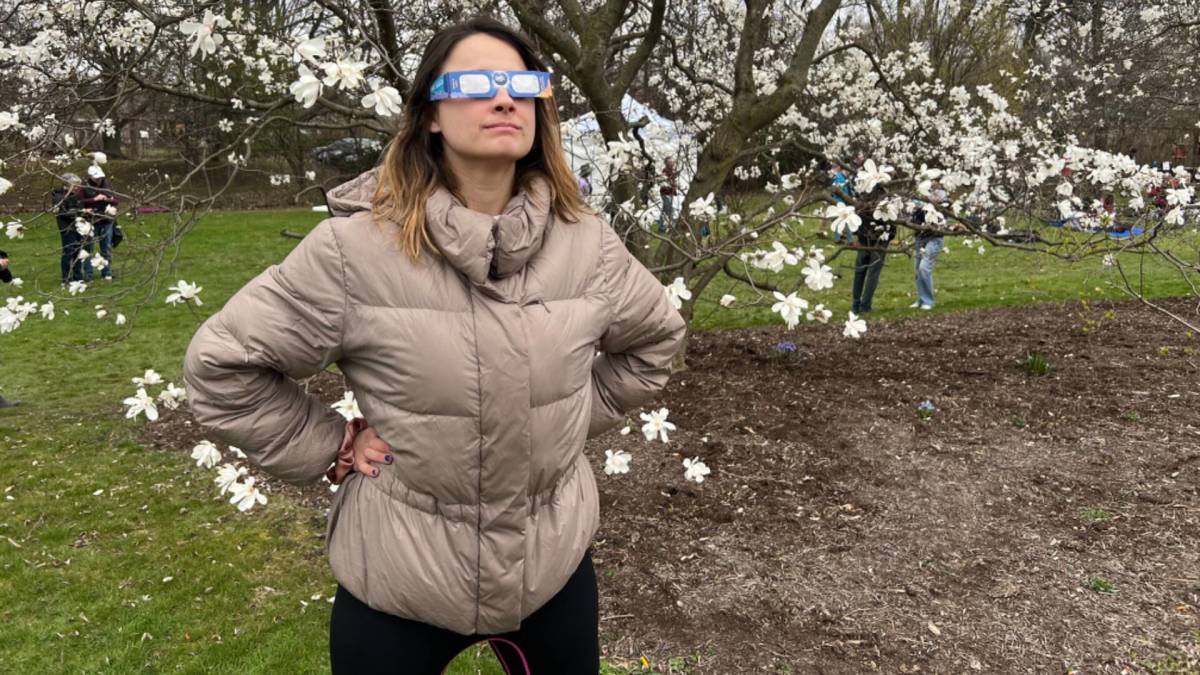
With the April 8 “Great North American Eclipse” following a path of totality that starts in Mexico and goes as far north of Montreal, millions of tourists are traveling to catch a glimpse of a natural phenomenon that is not expected to be visible from anywhere in North America again until 2044.
For New Yorkers, the most accessible city in the path of totality has been the upstate town of Buffalo on the U.S.-Canada border and I had a chance to come up to see it along with the one million other tourists who descended upon the city.
Related: I rode in a float during Mardi Gras in New Orleans — here's what it was like
“Close” is still an eight-hour Amtrak train ride and I pulled into Buffalo the night before just past nine at night. As a Canadian from an entirely different part of the country on the West Coast, it was also interesting to experience just how close Buffalo is to Canada and how much proximity to the culture seeps in — the first thing I saw when stepping outside the train station was the glowing red of a Tim Hortons.
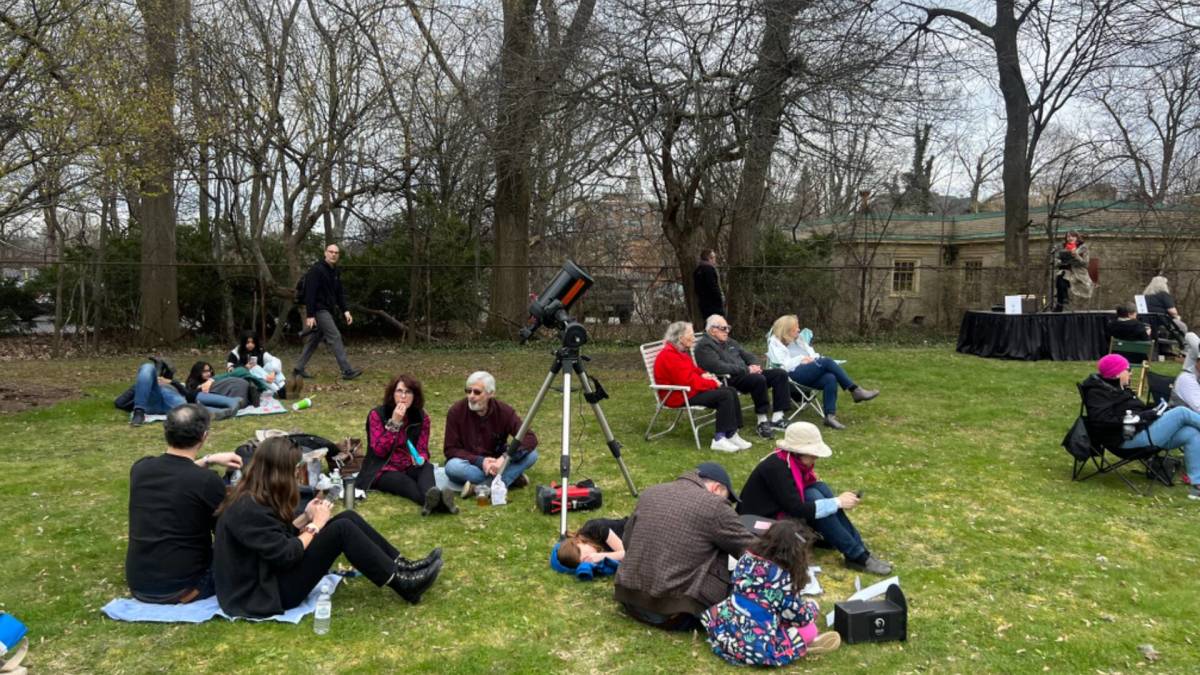
Veronika Bondarenko
Special glasses, crowds and eclipse craziness: Here is what was happening in upstate New York
But I was here to experience an eclipse and it felt like the entire area was buzzing with it. Road signs reminded people not to stare into the sun while locals I interacted with told me that tourists had been coming in from as far as Chile and the Netherlands all week. Many of the cafes served “eclipse-themed” treats (moon pies made up of two Oreos) and drinks (sodas and coffee drinks with starry names and food coloring).
More Travel:
- A new travel term is taking over the internet (and reaching airlines and hotels)
- The 10 best airline stocks to buy now
- Airlines see a new kind of traveler at the front of the plane
In the end, the friends I had come with and I ended up driving to another nearby city in the eclipse’s path of totality: Rochester, New York. The George Eastman Museum, a photography museum built on the estate of the late namesake inventor of the Kodak camera, has a luxurious garden lawn and was holding an eclipse viewing called “Focus, Click, Totality!” — both locals and tourists had been driving in all day with blankets, telescopes and binoculars.
The prelude to the eclipse began when, at around 3 p.m., it started slowly growing dark. It wasn’t a sudden light-switch moment but a gradual darkening uncharacteristic for that early in the day at this time of year.
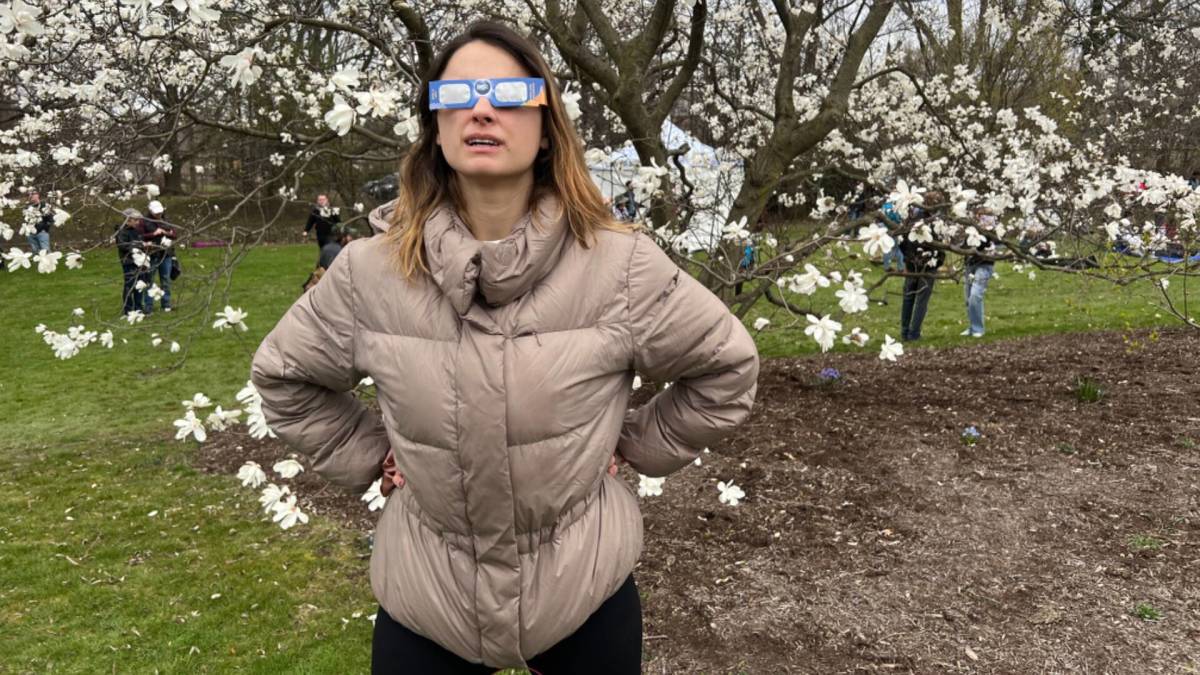
Veronika Bondarenko
‘Watch out, it’s going to eclipse’
“Is it going to rain?” one of the people who had come to watch the eclipse was overheard asking without realizing the question sounded silly in the circumstances.
“No, it’s going to eclipse,” someone else responded back caustically.
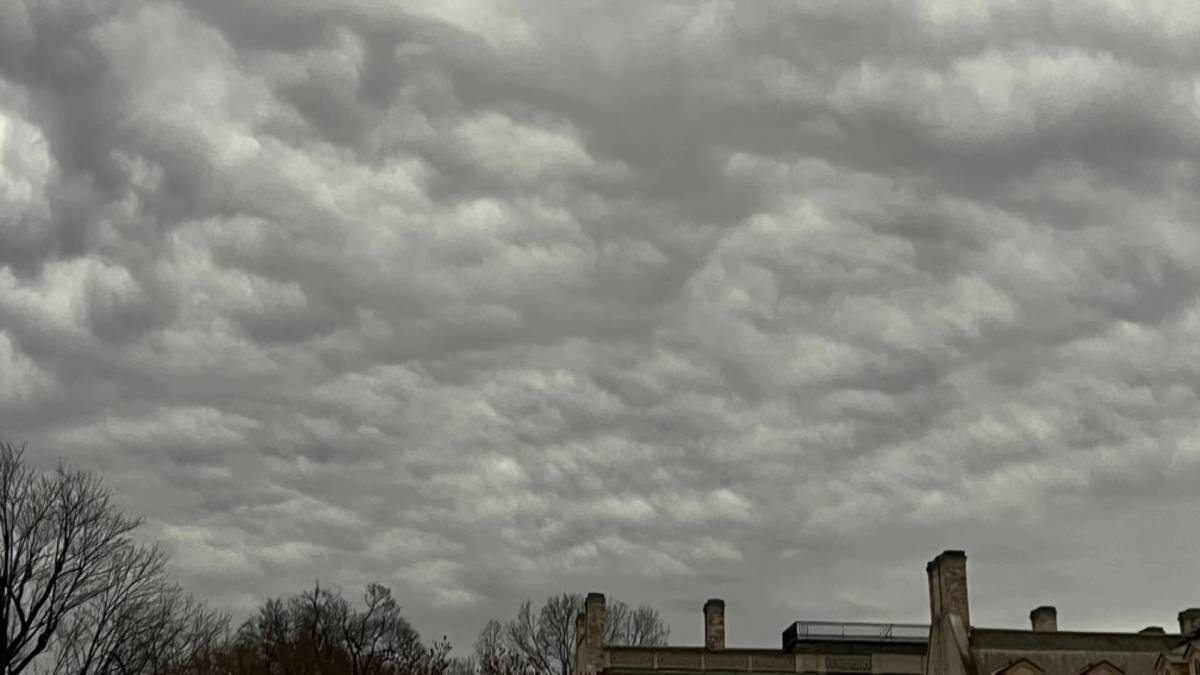
Veronika Bondarenko
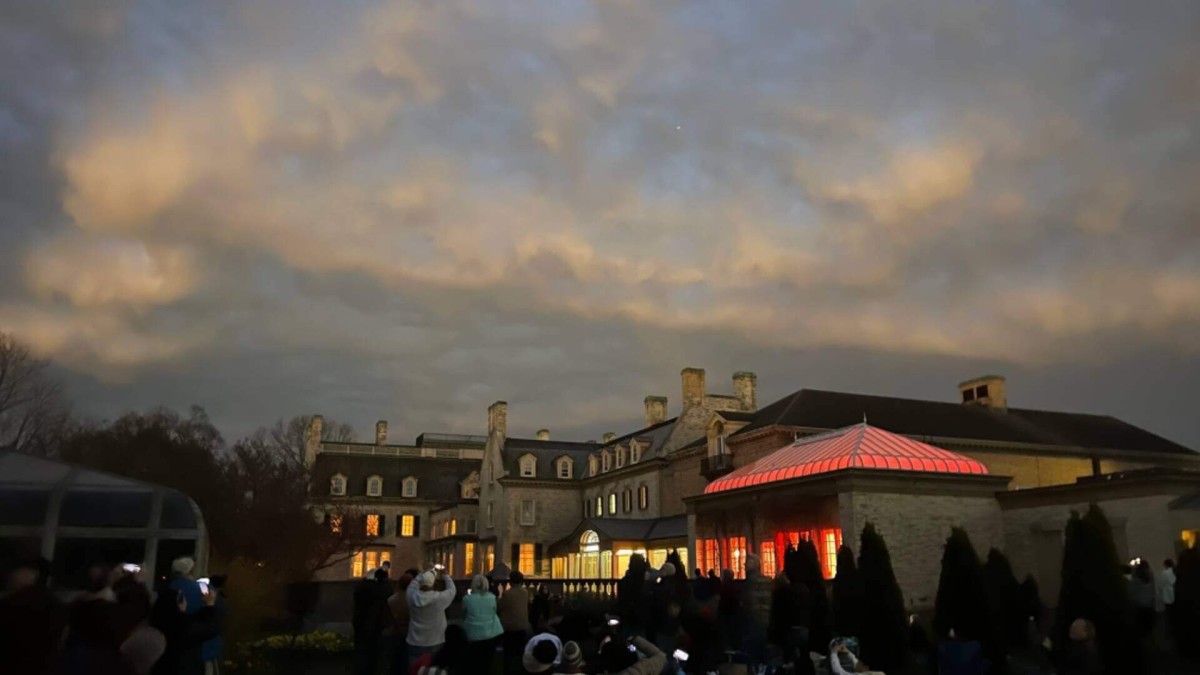
Veronika Bondarenko
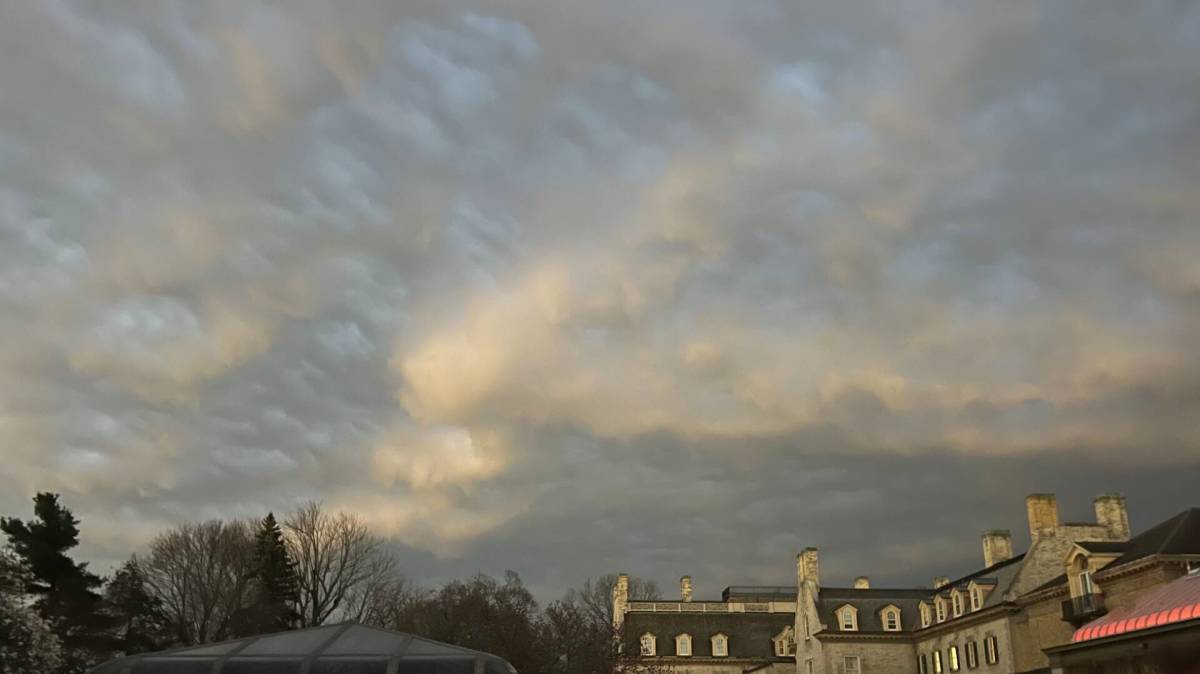
Veronika Bondarenko
But the rain question was not entirely off-base because it was a cloudy day and, as a result, we could not see the types of moon and sun views with glowing rings that are commonly associated with eclipses (it also meant that the special eclipse glasses that so many had stocked up and were warned to wear so as to not look directly into the sun did not come in handy for more than cool photos like the one you see above.)
Instead, it got dark while small traces of light appeared in the sky for the three minutes the moon’s movements were eclipsing the sun. The most magical moment, for me at least, was seeing it get dark and then get light again so suddenly, like an electric light switch made by nature.
The next eclipse visible from anywhere in North America is in 2044 but, who knows, I may become one of those chasers who travel around the world to catch glimpses of these things.




!["[T]he First and Fifth Amendments Require ICE to Provide Information About the Whereabouts of a Detained Person"](https://images.inkl.com/s3/publisher/cover/212/reason-cover.png?w=600)


